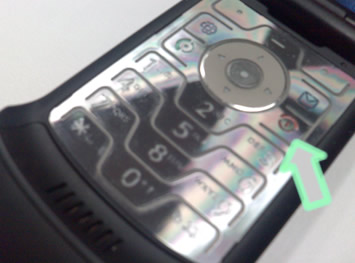Dinosaur thinking
When Autotrader developed their cool and innovative iPhone app, they presumedly never paused to think what the DVLA would think.
Let’s say you are waiting at the traffic lights and you see a car you like and you think to yourself ‘I’d like one of those’ With the Autrotrader app all you need do was take a photo of the reg plate. From that, details of the make and model would appear and similar cars for sale close to you your current proximity would be displayed. Sadly, this functionality has been canned. Autotrader say:
The DVLA has requested that Auto Trader remove the image recognition element of the iPhone application. Although the app in no way infringes data privacy regulations, the ‘snap’ function conflicts with the DVLA’s code of ethics, as it allows consumers to capture images of vehicle license plates.
This is the same government agency with ethics that enables it to sell drivers details. That’s an aside. Perhaps the DVLA’s is more concerned with avoiding the trouble they got over Castrol using number plate recognition for interactive advertising.
With localisation being championed as one of the hottest topics of 2010 combined with the ubiquitous use of camera phones, it is clear that technology and the opportunities that it brings are moving at a faster pace than the ‘public opinion’ (read Daily Mail Opinion) that the DVLC is clearly running scared of.
So what?
So when you are envisioning and playing innovation games, have a session where you play devils advocate and tease out what angry from Tunbridge wells would think. Kill your idea as many ways as you can. Can you identify risks you’d otherwise missed (such as DVLA’s dinosaur thinking), or does it uncover new ideas or alternative ways of doing things (to bring out a cheesy quote from Benjamin Franklin “out of adversity comes opportunity”). There is of course always another alternative, to leave the innovation to others, for others to face the wrath of Government quangos and follow fast. But that is a blog post for another time.
